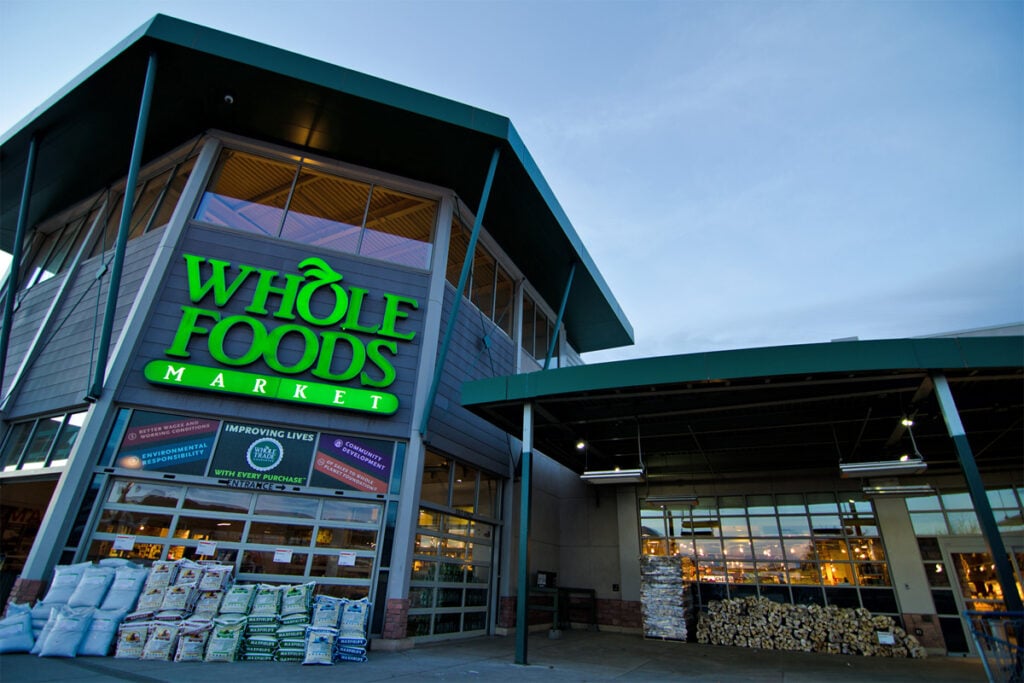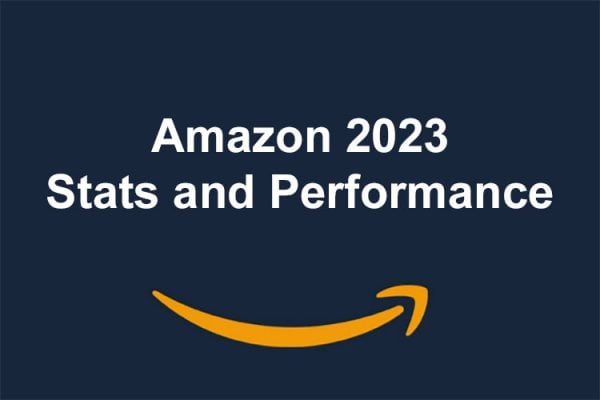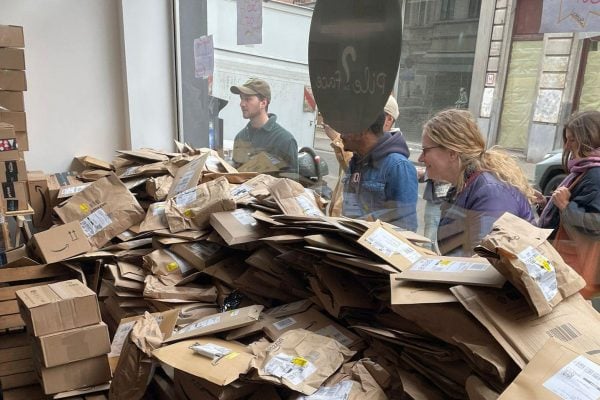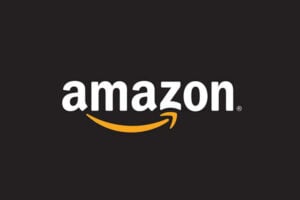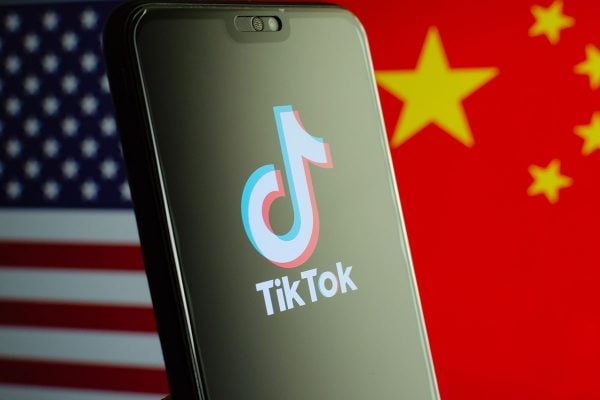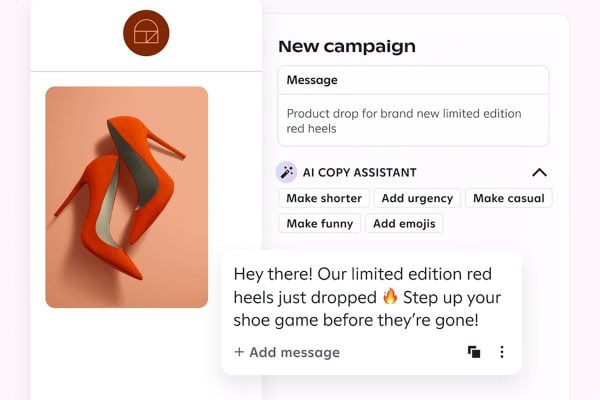Of all the developments at Amazon this year, probably the Amazon Whole Foods acquisition is probably the most significant. We wrote about it here: Amazon buys US supermarket chain Whole Foods for $13.4bn. By buying the high end supermarket, Amazon has certainly excited analysts and opened up a whole plethora of possibilities. And Amazon hasn’t been slow to make moves at Whole Foods, in a matter of days they signalled their intention to slash prices.
But one of the major benefits seems to be the number of Amazon Prime users that they’ll be able to acquire. Morgan Stanley analyst Brian Nowak says that an estimated 38% of Whole Foods customers, thought to be something like 5m households that are not already Amazon Prime subscribers.
Nowak says: “We expect Amazon to convert half of these shoppers between now and the end of 2019. We see AMZN’s Prime member growth and engagement, Echo device sales, and consumer web traffic/interest driving solid top line trends and GMV (gross merchandise volume) per customer growth. Growth will come from new shopper growth, which we see inflecting from more competitive pricing and increased convenience,”
He also predicts that total Whole Foods sales will increase by 12% per year up until 2022 and will achieve a 3.3% market share of the US grocery market during the next five years from an estimated 2.1% start at the end of this year.
Prime is a vital tenet of Amazon’s strategy: founder and CEO Jeff Bezos says he wants not being a member to be the “irresponsible’ choice from consumers and that’s why they consistently add new benefits and perks for Prime users. By connecting Prime with Whole Foods the plan is clearly to develop the most attractive and cost-effective online grocery store offering out there.
From a UK perspective, the question has to be whether they’re interested in buying a supermarket over here. There have been murmurings.
